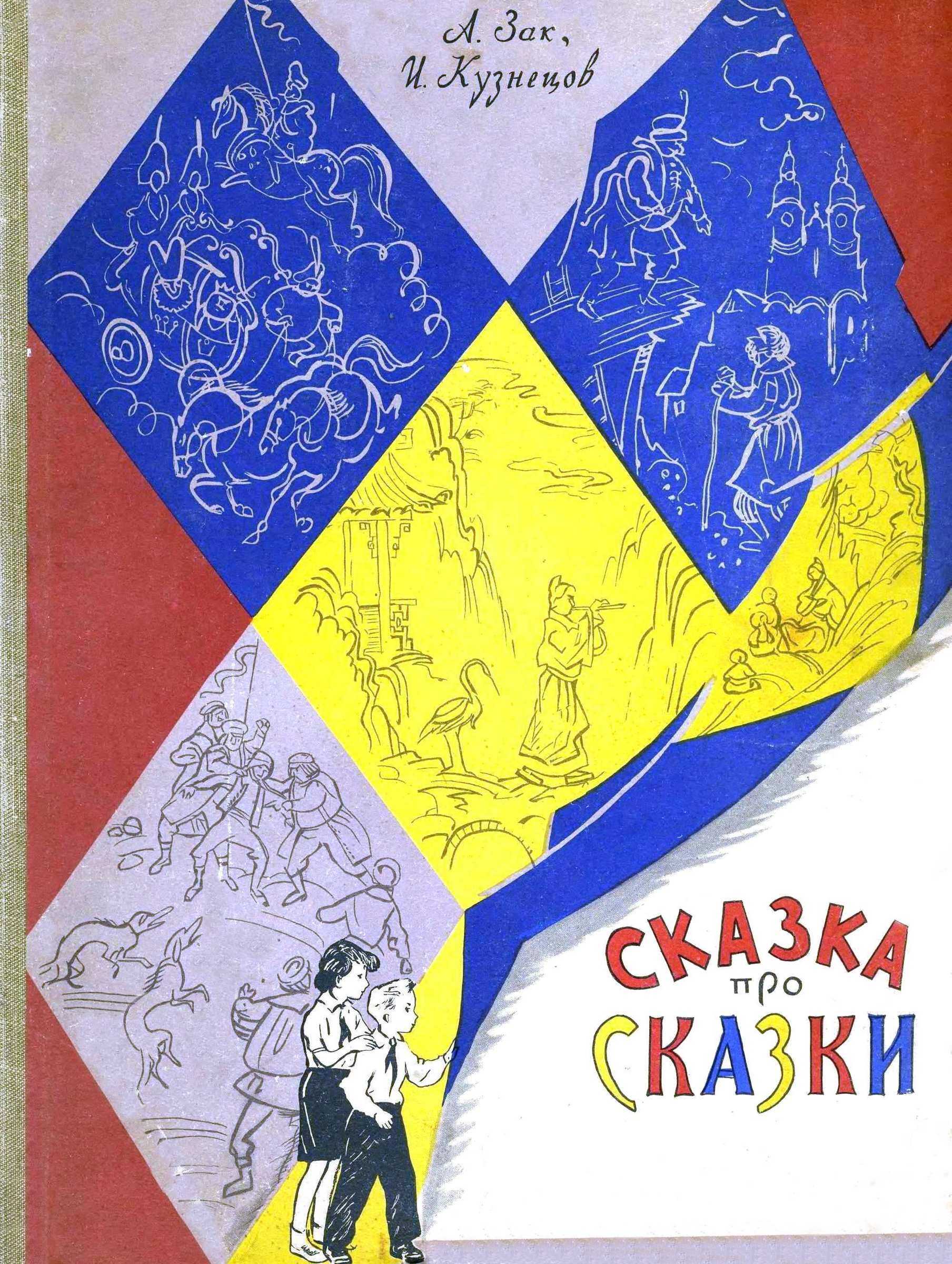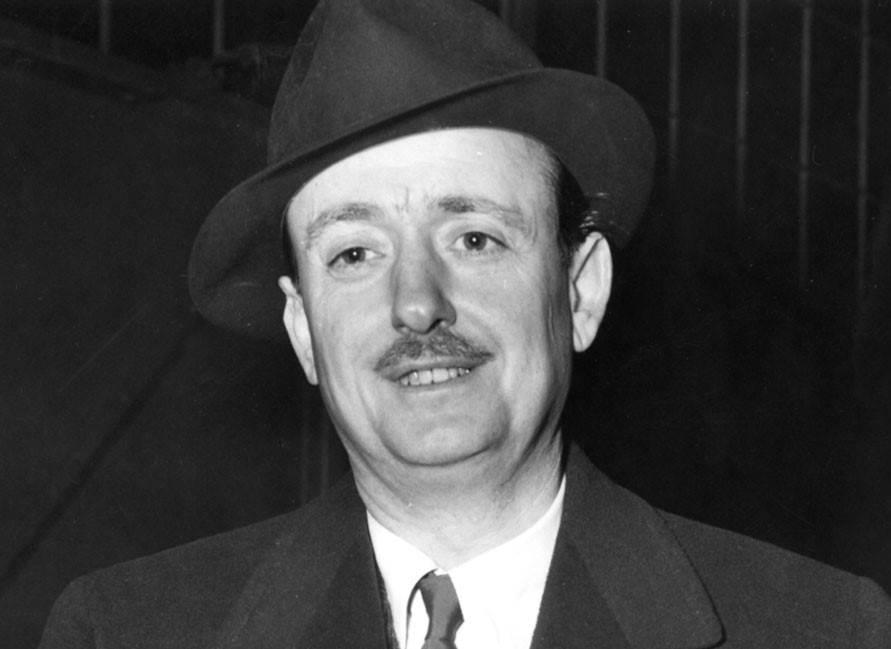По следам детективов: увлекательные истории для изучения английского языка - Анжелика Ягудена
Книгу По следам детективов: увлекательные истории для изучения английского языка - Анжелика Ягудена читаем онлайн бесплатно полную версию! Чтобы начать читать не надо регистрации. Напомним, что читать онлайн вы можете не только на компьютере, но и на андроид (Android), iPhone и iPad. Приятного чтения!
Шрифт:
Интервал:
Закладка:
Perhaps it’s only now that I’m beginning to understand you. Throughout my childhood and adolescence, I lived under one roof with you, but when I left for Paris at the age of nineteen, you were still a stranger to me…. As you are well aware, we never loved each other in your lifetime. Both of us pretended.
The situation worsened by the unfortunate fact that Henriette had a favorite child – Georges’ younger brother Christian. Most shockingly, many years later, when Christian died in the war, she complained to Georges, “Why did it have to be him? Why couldn’t it have been you?” Honestly, it scares me to think how Georges felt, hearing this from his mom. Personally, I think there’s no justification for what she did.
As you’ve probably guessed, Henriette imposed her way of life on the whole family. Dissatisfied with her husband’s salary, she started taking in lodgers to supplement their income. This event had a great influence on Simenon’s life and work. The point was that most lodgers were students from Poland and Russia. Georges liked to interact with them. It was they who introduced him to Gorky, Dostoyevsky, and Chekhov. He was intrigued by the theme of a “little man” in Gogol’s “The Overcoat.” Later, Georges Simenon would explain that these writers helped him to better understand the problems of the “humiliated and insulted.” In his works, Simenon always empathizes with thoughts and emotions of “little people.” Inspector Maigret, the most celebrated writer’s fictional character, is probably the best example. Maigret values honesty and integrity and sympathizes with common people who found themselves in a difficult life situation. On the contrary, he scorns meanness and inhumanity – qualities that, in his view, most members of the upper class and social climbers[3] possess.
Georges Simenon learned to read at the age of three. Due to his family’s frequent relocations, Georges had to change several schools. Simenon also was a choirboy at the chapel. Unfortunately, at the age of sixteen, he had to drop out of college because his father became seriously ill. Georges had to grow up early and to start earning his living still very young. He worked at any job that would allow him some income. In 1919, Simenon finally got a job as a newspaper reporter. When he was seventeen, he had his own column and worked on writing his first novel, which later he would publish under an abbreviated name Georges Sim. Interestingly, Simenon published over 200 novels under different pen names rather than his own.
In early 1921, Georges met his future wife: a young Bohemian painter Régine Renchon. Surprisingly, the genius writer didn’t like her “royal” name and affectionately called her “Tigy.” Their love affair was developing promptly, and soon they became engaged. His happiness was short-lived. Shortly after, a terrible tragedy occurred in Simenon’s life: his beloved father died from a heart ailment. The legendary writer was grief-stricken and devastated over the sudden loss because his father was everything to him. Later, he would remark that he had thought of him every day since then.
As time went on, Georges took the decision to move from Belgium to France immediately after a year of compulsory military service. His fiancée Tigy followed him. In Paris, he got acquainted with the city and its culture and met Parisians. He was interested in ordinary working-class people rather than the elite. Simenon observed their lives, put himself in other people’s situations, and naturally took a great liking to them. The great writer was a genius at creating realistic and unforgettable characters. He drew inspiration from all around him. During the two years of his newspaper career, Simenon reportedly wrote more than 800 articles. So, his work finally started to bear fruit.
In 1923, Georges Simenon came back to Liège for a few days to marry his fiancée Tigy. Despite his Catholic upbringing, Georges was not a believer. And again, his mother showed her true nature and did things her own way. She insisted on a church wedding, and Georges agreed just to please her. As it turned out later, it was a marriage of convenience, not a marriage for love. Tigy worked as Simenon’s secretary and personal assistant, and simultaneously ran the household. The couple had warm and friendly relationship. As I see it, Simenon’s wife was his faithful ally and life partner. She was always there for him and supported him in everything he did. Like many creative people, Simenon needed a special home atmosphere, which his wife created. For example, when he sat down to work, the whole household had to observe strict silence to avoid distracting the great writer from his creative process. Georges Simenon also had his own ritual: he wore the same shirt until the novel was finished, which means that the shirt needed to be washed and ironed daily. He would always start his work at dawn and finish by about 10:30 a.m. Before getting down to the writing process, Simenon also organized his workplace: he prepared his typewriter, pipes (he owned more than 300 pipes!), a coffeepot, and a large cup. Interestingly, the legendary writer always carried his typewriter with him and could write everywhere: in a café, on the pier, or in the street.
Georges Simenon was an avid traveler who visited more than thirty countries in his lifetime, including France, North America, Switzerland, Canada. Later, the legendary writer would admit that he always had a feeling of emptiness, and no matter where he lived, he was an outsider. “I am at home everywhere, and nowhere. I am never a stranger and never quite belong,” he would say. Simenon often went on business across Africa, Europe, Turkey, and the Soviet Union. He was passionate about cruising and even decided to have his own sailboat built. Simenon spent a lot of time in his warm cabin, where he enthusiastically wrote his new novels, or relaxed on the deck in peace and quiet, enjoying the coolness of fresh salty air. For example, Simenon wrote his first Maigret story The Strange Case of Peter the Lett during a boat trip in the Netherlands.
However, let’s get back to his family life. The couple didn’t have children for sixteen years. In 1939, they finally had their firstborn – Marc. It was a happy event in his family life. Georges and Tigy lived together for many years. They divorced in 1949, but in accordance with the divorce agreement, Tigy and Marc were supposed to live in close proximity to the legendary writer, wherever he might be. Simenon needed to be around their son and to be engaged in his upbringing. In 1950, Georges Simenon remarried his former secretary Denyse, who was seventeen years his junior. They were passionately in love with each other. The couple had three children together: two sons and a daughter called Marie-Jo. The prominent writer had a special bond with his daughter. According to some biographers, Marie-Jo loved her father dearly and became so devoted to him that she once fainted when he drove past her without stopping. When the girl was eight years old, she asked her father to buy her a gold ring. This ring became a kind of talisman for her, and Marie-Jo wore it till the end of her life. However, Simenon’s family relationship didn’t work out. His wife, Denyse, liked noisy companies and parties, and at first Simenon was okay with this. However, years later, he became annoyed with her outrageous behavior and idle way of life. In 1964, Simenon and Denyse finally broke up though they never officially divorced. Simenon
Прочитали книгу? Предлагаем вам поделится своим отзывом от прочитанного(прослушанного)! Ваш отзыв будет полезен читателям, которые еще только собираются познакомиться с произведением.
Уважаемые читатели, слушатели и просто посетители нашей библиотеки! Просим Вас придерживаться определенных правил при комментировании литературных произведений.
- 1. Просьба отказаться от дискриминационных высказываний. Мы защищаем право наших читателей свободно выражать свою точку зрения. Вместе с тем мы не терпим агрессии. На сайте запрещено оставлять комментарий, который содержит унизительные высказывания или призывы к насилию по отношению к отдельным лицам или группам людей на основании их расы, этнического происхождения, вероисповедания, недееспособности, пола, возраста, статуса ветерана, касты или сексуальной ориентации.
- 2. Просьба отказаться от оскорблений, угроз и запугиваний.
- 3. Просьба отказаться от нецензурной лексики.
- 4. Просьба вести себя максимально корректно как по отношению к авторам, так и по отношению к другим читателям и их комментариям.
Надеемся на Ваше понимание и благоразумие. С уважением, администратор knigkindom.ru.
Оставить комментарий
-
 Гость Евгения17 ноябрь 16:05
Читать интересно. Очень хороший перевод. ...
Знаки - Дэвид Бальдаччи
Гость Евгения17 ноябрь 16:05
Читать интересно. Очень хороший перевод. ...
Знаки - Дэвид Бальдаччи
-
 Юлианна16 ноябрь 23:06
Читаю эту книгу и хочется плакать. К сожалению, перевод сделан chatGPT или Google translator. Как иначе объяснить, что о докторе...
Тайна из тайн - Дэн Браун
Юлианна16 ноябрь 23:06
Читаю эту книгу и хочется плакать. К сожалению, перевод сделан chatGPT или Google translator. Как иначе объяснить, что о докторе...
Тайна из тайн - Дэн Браун
-
 Суржа16 ноябрь 18:25
Тыкнула, мыкнула- очередная безграмотная афторша. Нет в русском языке слова тыкнула, а есть слово ткнула. Учите русский язык и...
Развод. Просто уходи - Надежда Скай
Суржа16 ноябрь 18:25
Тыкнула, мыкнула- очередная безграмотная афторша. Нет в русском языке слова тыкнула, а есть слово ткнула. Учите русский язык и...
Развод. Просто уходи - Надежда Скай










